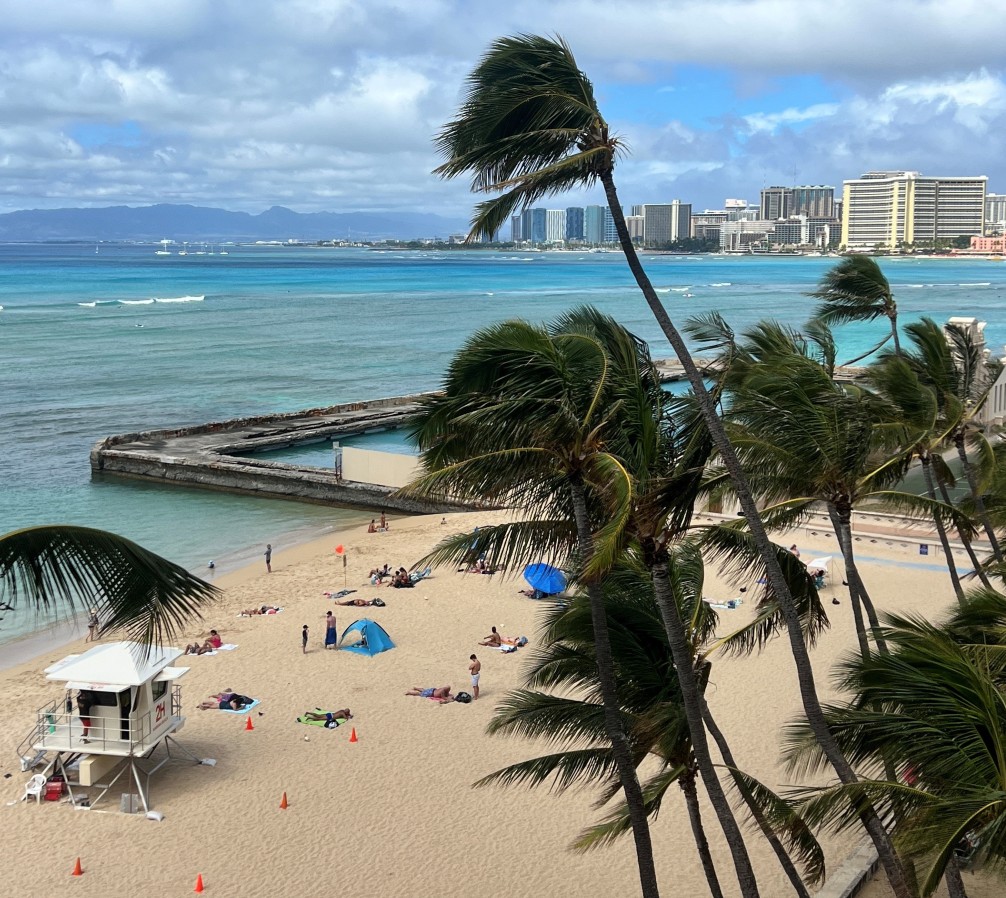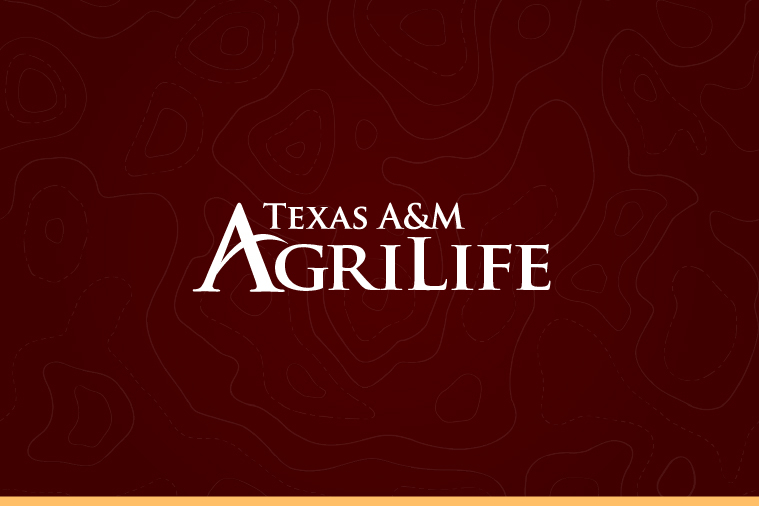Spring break safely: Having a more trouble-free trip
Travel and tourism experts offer tips on how to stay safer and more secure when traveling
While many may throw caution to the wind during spring break, travel and tourism experts at the Texas A&M College of Agriculture and Life Sciences are reminding travelers to prioritize their safety, especially when in unfamiliar locations.
Several Department of Hospitality, Hotel Management and Tourism, HMGT, experts, including Donna Lee Sullins, Ed.D., an instructional assistant professor who has led numerous college study abroad experiences, and Connor Clark, Ph.D., assistant professor, whose expertise includes international tourism, offered tips to help spring breakers have a safer and more trouble-free spring break.
Safety tips to ensure a safe and relaxing spring break

HMGT experts said preparation and planning are essential elements in getting your spring break off to a good start. That will include determining how to get to your destination safely, what identification to take, how to pay and who to tell about your travel intentions. They provided the following checklist to aid in planning:
— Leave a copy of your travel itinerary with someone you know and trust.
— If driving, make sure your vehicle is ready for the road. If headed to a cold or snowy climate, pack blankets, snacks and emergency supplies in case of a breakdown or long traffic delay. If planning a road trip to a hot or desert climate, take snacks and extra water.
— Avoid driving at night or try to have a passenger stay awake to talk to the driver and help watch the road.
— If traveling out of the country, take photos or scans of your passport, driver’s license or another form of identification as well as credit cards, so you can access them online from anywhere.
— Notify your bank and credit card providers you’ll be traveling so they don’t put a stop on your card if they suspect misuse.
— Do your research to see what areas to avoid at your destination for safety purposes.
For information on safe destinations, including travel alerts and travel advisories, consult the U.S. Department of State’s Bureau of Consular Affairs.
Being safe at your destination
Arriving at a destination usually brings a sense of relief, but remain vigilant, especially if it’s a location unfamiliar to you. Some opportunists and bad actors prey on unsuspecting travelers, so take safety measures for yourself and your belongings. Some tips the experts gave for when you arrive at your destination include:
— Watch your personal belongings at all times and use your best judgment when talking to strangers.
— Stay alert and vigilant – robbery and acquaintance rape top the list of crimes committed against college students on spring break.
— Lock the doors and secure important belongings such as passports, jewelry and credit cards in the room safe. If there is no safe, hide them in the room or secure them in the hotel safe.
— Acquaint yourself with the emergency exits at your hotel.
— Do not leave a drink unattended or accept a drink from a stranger or new acquaintance.
— Get a business card from the hotel or write the name and number on a piece of paper. And don’t share your hotel name or room number with anyone outside your group.
— Do not reveal too much about your location or travel intentions on social media.
— Use credit or debit cards when possible. Be extra alert or take someone with you to withdraw money from an ATM in unfamiliar locations.
— Keep friends and family updated on your travels. Check in regularly and let them know you are safe and what you plan to do next as you travel.
The HMGT experts said being aware and using common sense will go far in ensuring your spring break will be trouble-free — and memorable in the right way.





